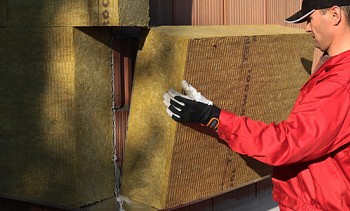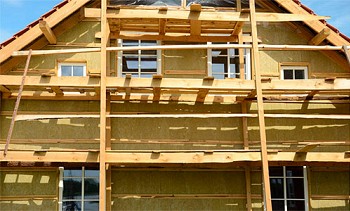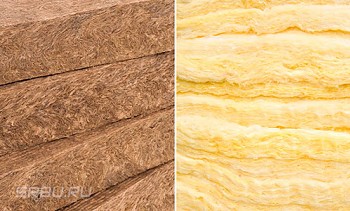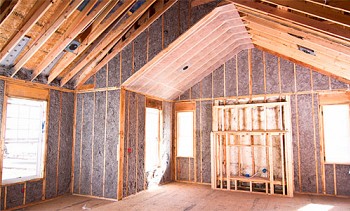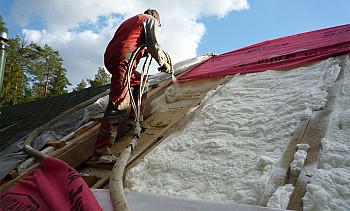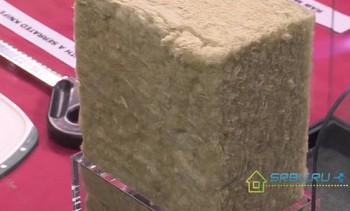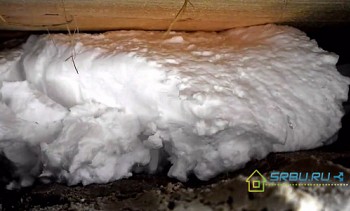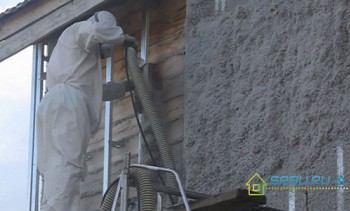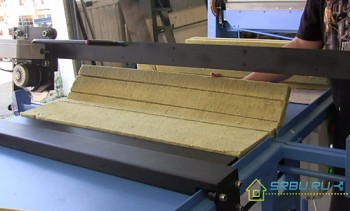Properties and characteristics of polyurethane foam its advantages and disadvantages
Today, not only professional builders have heard about polyurethane foam, otherwise, polyurethane foam. Perhaps anyone who thought about warming their own homes, considered this material as one of the good options. After all, it is not only effective, but also very convenient for installation - it is enough just to spray it at the right place. And the long service life and excellent quality of polyurethane foam have already made it a kind of standard among heaters. We will figure out why polyurethane foam is so remarkable, consider its characteristics, list the advantages, and also find out if it has any shortcomings.
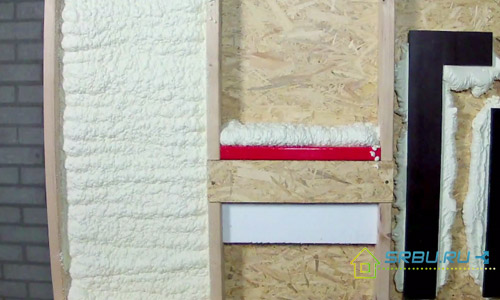
What is polyurethane foam and what is it
This material is one of the varieties of plastic. It has a cellular foamy structure, and a gaseous substance predominates in the composition of polyurethane foam - from 85 to 90 percent. Numerous tiny cells isolated from each other are filled with gas. The remaining few percent of the volume falls on the solid part - the thin walls of these cells.
Invented by polyurethane foam German scientists from the company IG Farben, led by the famous Otto Bayer. However, in those days this name did not rattle yet. So, after a series of experiments, a new material was obtained in the laboratory of the city of Leverkusen, the properties of which turned out to be unique. It became clear that this substance is waiting for a lot of possibilities for use.
Various types of polyurethane foam are in great demand today because it is very simple to make them, and right away at the construction site. In this case, two liquid components, mixing, enter into a chemical reaction. Subject to the required proportions, a polymer is synthesized, which is a hardened foam. By modifying the recipe, you can get polyurethane foams that differ in properties from each other. Some of them are suitable for thermal insulation of windows and doors, others - for warming houses made of brick or reinforced concrete, and others - for a variety of pipelines.
Video. The process of producing polyurethane foam
So, depending on the proportion of the starting materials, we get polyurethane foams with cells of various sizes, the walls of which have different thicknesses and, accordingly, strength. We will not list all types of PUFs that can be obtained by changing the recipe. Let us dwell on the two most popular materials of this group.
1. The familiar foam rubber, scientifically called elastic polyurethane foam, has a density of 5 to 35 kilograms per cubic meter. We find this material daily in the form of washcloths and sponges, the filler of chairs and sofas, the lining in shoes and clothes, as well as shockproof packaging.
2. Rigid polyurethane foam was recently used in construction work. But today, scientists can already say what will happen to him in 30 or 50 years - the material is investigated and tested. In addition, experiments were carried out in some laboratories in which the PUF was subjected to artificial aging. And those and other results were the same. It is safe to say that the insulation polyurethane foam does not like contact with mineral acids and organic solvents. But he is not at all afraid of water and oil products.
In our country, a fairly large number of brands of hard PPU are used - about 30. They are used both individually and in various combinations with each other. It all depends on the purpose of the application - it can be home insulation, protecting it from noise, creating an insulating layer on refrigeration equipment. This material has received such wide possibilities of application due to its wonderful properties.
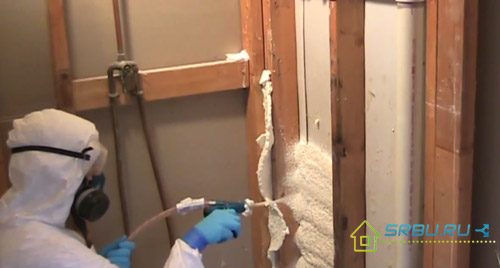
Spraying polyurethane foam on the insulated surface.
About the technical characteristics of PPU
We will talk about rigid polyurethane foams - they are used during construction work. They perfectly keep heat, practically do not pass steam and water, are not afraid of corrosion, radiation and aggressive chemical environment. In addition, they are very durable, withstand large temperature extremes and weather disasters.
Thermal Conductivity
The properties of polyurethane foam as a heat insulator depend on the size of its constituent cells. The thermal conductivity of rigid polyurethane foams ranges from 0.019 to 0.035 watts per meter per Kelvin. To make it clear that this is an excellent indicator, we give examples of comparison. For expanded clay gravel, this parameter is from 0.12 to 0.14 watts per meter per Kelvin, and for gas glass and foam glass, as much as 0.84 watts per meter per Kelvin. Mineral wool with thermal conductivity of 0.045-0.056 watts per meter per Kelvin is inferior to polyurethane foam.
Sound absorbing ability of PPU
The absorption of noise by a material is determined by several parameters: elasticity, ability to pass air, and also the thickness of the insulation and its damping properties. So, for polyurethane foam, the ability to retain sounds depends on how rigid the frame of the material is and what is the frequency of sound vibrations. The friction force arising during the transfer of particles between adjacent cells, as well as the absorption of sound waves by air from the cells, is also important. Through experiments, it was found that it best protects the floor of the elastic type from noise.
Chemical attitude
In relation to aggressive chemicals, polyurethane foam is more stable than expanded polystyrene. PPU can not destroy corrosive chemical vapors (the concentration of which does not exceed the permissible). This heater is not afraid of gasoline, oils, alcohols, diluted acids and plasticizers. It is quite resistant to ethers with ketoks. Even concentrated acid is not always able to damage it.
If you apply a layer of PPU on a metal surface, then it will not rust. Indeed, in this case, triple protection will work - both the polyurethane itself and the two films, inside and out, arising from the polymerization of the material. One of the films will adhere to the metal, and the second will come in contact with the external environment. Depending on the brand of PPU, the protective layer can be more or less effective.
Moisture absorption of PPU
Moisture absorption by this material is one of the lowest - in a day it can reach from 1 to 3 percent of the original volume. This indicator depends on the recipe for cooking foam. The denser the insulation, the less water it is able to absorb. And they also increase the water resistance of special substances introduced into the composition of polyurethane foam. One of these water repellents, which reduces moisture absorption by 4 times, is ordinary castor oil.
Flammability of polyurethane foam
Polyurethane foams can belong to three groups: C (self-extinguishing), TS (flame retardant) and TV (flame retardant). As you can see, the flammability of polyurethane foam is quite low. And to increase its fire resistance helps either the introduction of special additives, or a change in the chemical formula of the recipe. The second option is expensive, so the method of introducing fillers is more often used. These can be phosphorus compounds, as well as halogens. It is possible to apply only a thin layer of fire-resistant polyurethane foam containing additives to ordinary polyurethane foam. In industrial premises, where the danger of fire is great, such a coating applied from two layers will be quite appropriate.
Video. Does polyurethane foam burn - combustibility test
PPU density
The density of this insulation varies from 30 to 80 kilograms per cubic meter. This indicator directly depends on what technology was used in the production of the material. In principle, this is not bad - when insulating, it may require more rigid and softer materials. It all depends on the specific task. Therefore, sometimes it is possible to obtain significant savings by using cheaper PPU of lower density.
Durability of PPU
The service life of polyurethane foam is declared by the manufacturers no less than 20-30 years. But there is already evidence that the real numbers are much larger. In American, German, Swedish and Japanese cities, buildings are being dismantled that were built in the seventies of the last century. During their construction, polyurethane foam was used for insulation. Having studied his samples taken from pipes, walls and roofs, experts concluded that the material remained unchanged in all respects. Nine tenths of all cells remain isolated, still allowing good heat storage. The chemical state also has not changed. Both laboratory and industrial tests in unison confirm this.
Environmental safety and human impact
After 10 to 20 seconds, during which the material hardens, the polyurethane foam becomes completely safe. If it is heated to a temperature of more than 500 degrees, then the emission of two gases will begin: carbon dioxide and carbon monoxide. But if you put a tree or rubber in place of the PUF, then at the same temperature they will be more dangerous. Experiments on mice have confirmed this.
Polyurethane foam properties table
| Parameters | Minimum and maximum values |
|---|---|
| Thermal conductivity, W / m at Kelvin | 0,019 - 0,035 |
| Density, kg / m | from 26 to 300 |
| The stress at which the material begins to break, MPa | with compression from 0.15 to 1.0 at a bend from 0.35 to 1.9 |
| Water absorption,% by volume | 1.0 to 5.0 |
| Flammability Group | GOST-12.1.044 (slow-burning) |
About the advantages of PPU
Speaking not about the abstract technical characteristics of polyurethane foam, but about its specific application, we can distinguish the following advantages of this insulation:
1. PPU perfectly "sticks" to any materials, whether it be brick, glass, wood, concrete or metal. The shape of the surface, its deviation from straightness do not matter. Due to the good adhesive properties, there is no need to be wiser with the device of additional fasteners. By the way, there is no need to handle the plane before spraying.
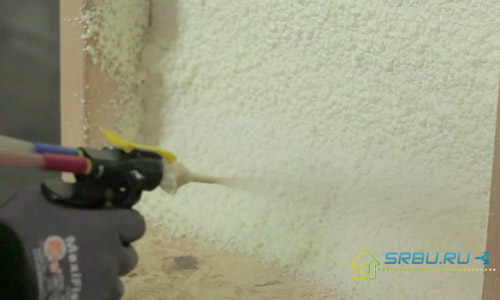
PUF has excellent adhesion to almost all building materials.
2. This insulation is done right on the spot, and the volume of the starting components is minimal. Therefore, transportation costs are low.
3. Polyurethane foam is extremely lightweight, it does not make the surface heavier. When insulating the roof, this is very important.
4. When applying a layer of polyurethane foam, we not only insulate walls and partitions, but also make them more durable.
5. Polyurethane foam does not respond to warming and cooling during the year. It feels great at temperatures from minus 200 to plus 200 degrees Celsius.
6. Unlike panel and sheet insulation, this type of insulation is a single unit, tight-fitting design. Nowhere is there a junction or a small seam where a cold wind can blow.
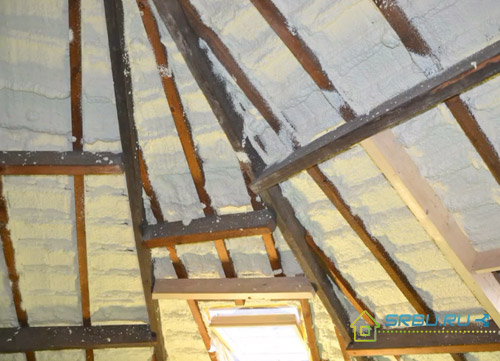
You can install PPU anywhere and without the use of fasteners.
On the minuses of PPU
This article is by no means advertising, so we list the negative properties of polyurethane foam. However, there are very few of them, more precisely, two.
1. The negative effects of ultraviolet radiation can lead to rapid wear of the material. In order to prevent the destruction of the insulation, it is necessary to provide for its protection. In this quality, plaster, various panels or ordinary paint can serve, which not only protects from the sun, but also makes the surface of the foam more attractive.
2. As already mentioned, polyurethane foams are considered to be slow-burning materials. According to the classification, they have a combustibility group G-2. This means that when exposed to high temperatures, ignition will not occur, but the insulation will begin to smolder.This process will instantly stop as soon as the material is cooled. But where the surface heats up too much or can catch fire, PPU still should not be used.
Video. Polyurethane foam insulation and its characteristics

